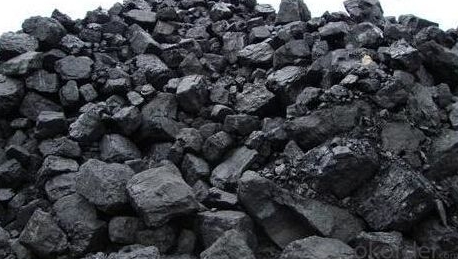
With CO2 emissions continuing to rise, carbon-neutral electrode production is needed to enable low-carbon fuels and chemical products to compete with fossil counterparts. CO2 Electrolysis is a method that produces multiple products selectively in one step using only electricity.
While the reactions themselves are proven, there remain significant technological challenges, such as catalyst overpotentials, instability and limited selectivity. The commercialization of the technology has therefore been slow.
To overcome these obstacles, chemists created new materials and reactors with high current densities, long catalyst lifetimes, durable and efficient membranes, as well as energy efficiency. They also created electrolyte compositions which optimize gas-liquids-solids contact, and maximize reactant available at the surface of the catalytic catalyst.

Room-temperature CO2 Electrolyzers, unlike traditional water-splitting electrodes that require a liquid feed to both the anode (cathode) and cathode (anode), are designed to work with a carbon dioxide gas feed to the calthode. These electrolyzers typically use a gas diffusion electrode (GDE) with a porous metal or polytetrafluoroethylene (PTFE) membrane that separates the anode and cathode, but which is also capable of contacting the gaseous feed directly. The GDE operates at a temperature lower than the anode to avoid the formation of bubbles, which can interfere with the electrochemical reaction by competing for active sites.
These electrolyzers can be used to produce a range of carbon-neutral chemicals and fuels, from dilute waste CO2 streams, through a series of steps that include abiotic oxidation, CO2 insertion into formic acid, and amide formation. The estimated gross electrical energy required to produce these products amounts to 3.40MWh for every t of formate. In addition, CO2-derived fuels or plastics need additional synthesis steps which increase energy and loss.
These calculations assume the primary reaction involves the electrochemical reduction CO2 into formate. Formate can then be converted via a cascade to shorter-chain products like methanol or Butanol or longer-chain compounds such as Acetone and Isobutanol. This calculation does not include the energy requirements of downstream processes such as acqueous separation, hydrogen production, or other downstream processes.

Write a Message